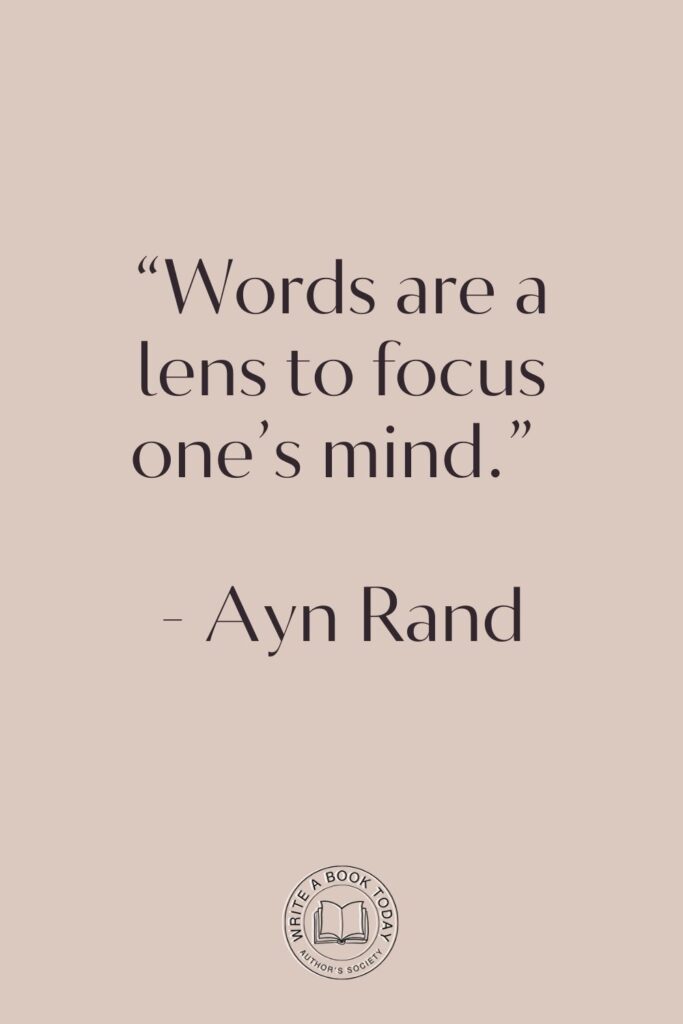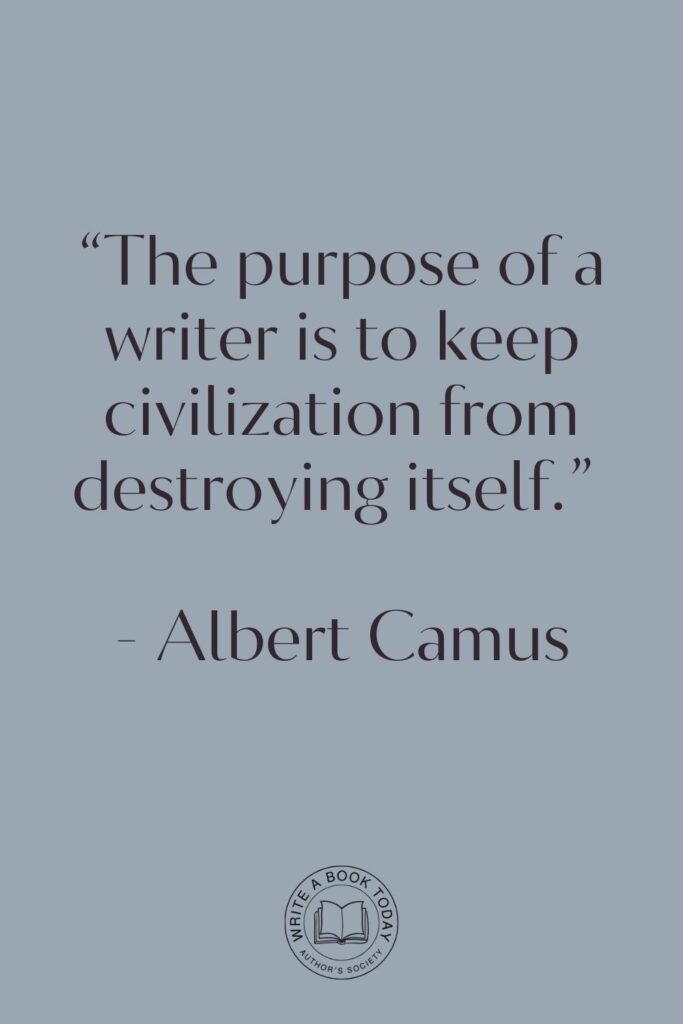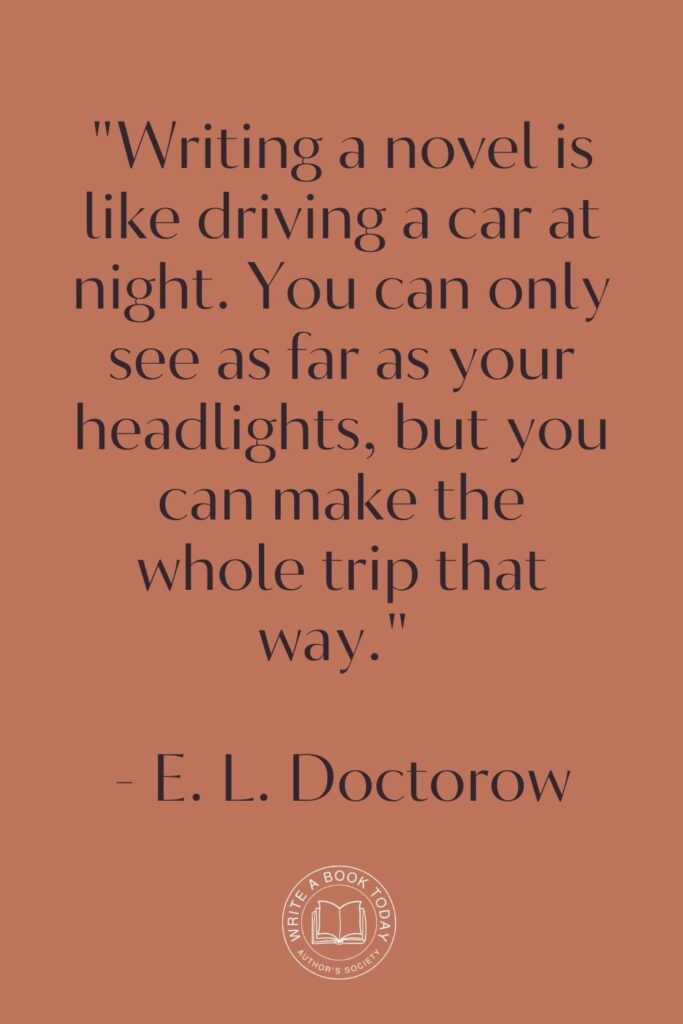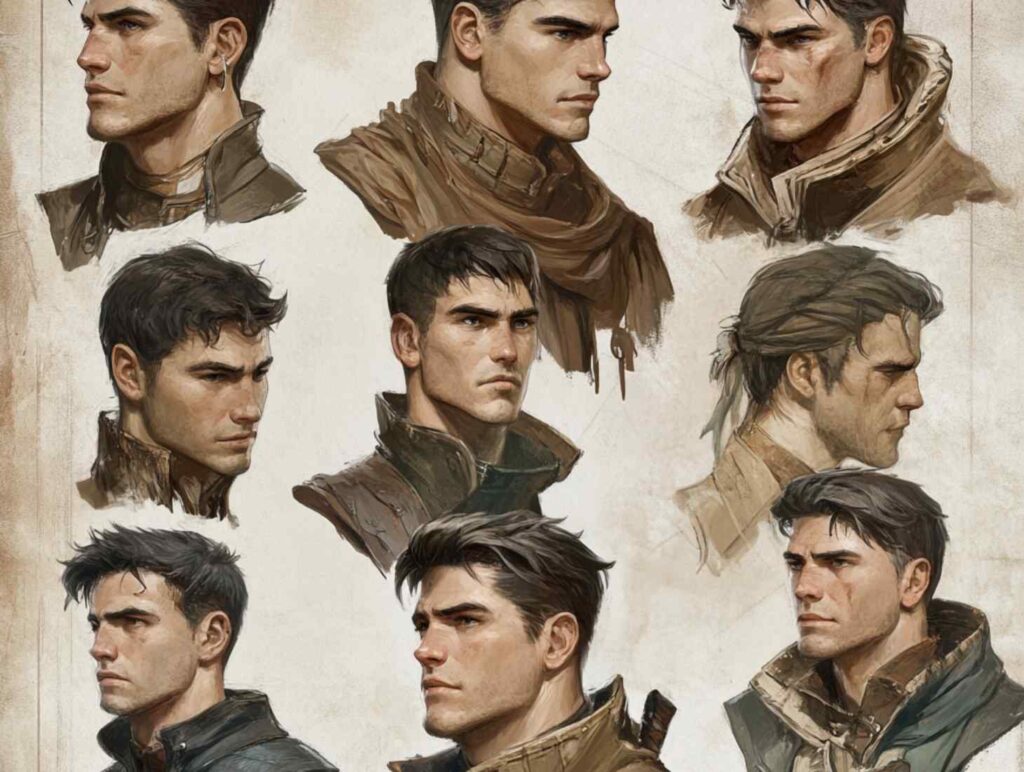Have you ever found yourself enthralled by a villain, even as they wreak havoc on your favorite hero’s life?
Crafting such villains—those readers love to hate—is an art form. It’s about balancing malice with charm, making them memorable enough to leave a lasting impression.
So, what makes a villain both detestable and captivating?
Let’s delve into the alchemy of crafting memorable villains that linger in readers’ minds long after the final page.
Understanding the Essence of Villains
Villains are the dark mirrors of our protagonists, embodying the shadows that heroes must confront. They serve as the story’s catalyst, pushing the narrative forward and challenging the hero to grow.
But what truly defines a villain, and why do they hold such a critical place in storytelling?
Defining What Makes a Villain
A villain is more than just a person who opposes the hero; they are a character driven by their own desires, beliefs, and flaws. Whether it’s a thirst for power or a twisted sense of justice, their motivations must be clear and compelling.
Think of iconic villains like Hannibal Lecter, whose cultured demeanor masks his sinister intentions, or Thanos, who believes his actions will save the universe. These characters are memorable because they have depth and complexity beyond mere evilness.
To create a convincing villain, consider their backstory and motivations. What events shaped them into the antagonist they are today?
A well-rounded villain should feel like a real person with a history that justifies their actions, no matter how twisted.

The Role of Villains in Storytelling
Villains are essential in creating conflict and tension, acting as the primary obstacles that protagonists must overcome. They test the hero’s resolve, often mirroring their strengths and weaknesses.
This dynamic not only drives the plot but also adds layers of complexity to the narrative. By understanding the villain’s role, writers can craft stories that are rich in moral ambiguity and emotional depth.
To make your villain impactful, ensure they have a significant influence on the protagonist’s journey. A villain who challenges the hero on multiple levels—physically, emotionally, and morally—will create a more engaging and memorable story.
Crafting Memorable Villains: Key Characteristics
1. The Hero of Their Own Story
Every villain sees themselves as the hero of their own narrative. This perspective is crucial in making them relatable and believable. They operate under a moral code that justifies their actions, even if it seems warped to others.
Take, for instance, Magneto from X-Men, who believes his fight for mutant supremacy is a noble cause. This conviction makes him both a formidable foe and a character readers can empathize with.
By framing your villain as the protagonist of their own story, you allow them to possess a unique viewpoint that adds depth to their character. This approach helps avoid one-dimensional portrayals and keeps readers intrigued.
Google Docs is for notes. Scrivener is for novels. Upgrade your writing game and try it for free today!

2. Motivations that Matter
Strong villains have clear, compelling motivations that drive their actions. Whether it’s revenge, power, or a desire to right perceived wrongs, these motivations should be woven seamlessly into their backstory.
A villain’s goal must resonate with readers, making them question whether they might act similarly under the same circumstances.
Consider Walter White from Breaking Bad, whose descent into villainy is driven by a desperate need to provide for his family. His motivations, though flawed, are understandable and even sympathetic, creating a complex character that captivates audiences.
3. Relatability and Depth
Villains become truly memorable when they possess traits that readers can relate to. This relatability might stem from a shared fear, desire, or flaw. By humanizing your villain, you make them more complex and engaging.
Readers should be able to see parts of themselves in the villain, which makes their actions all the more chilling.
To add depth to your villain, explore their vulnerabilities and moments of doubt. Showing these humanizing aspects can create empathy, even as readers root against them.

4. The Connection to the Protagonist
The most compelling villains are those with a deep connection to the protagonist. This relationship can be personal, ideological, or circumstantial, adding an extra layer of tension to the narrative.
Think of Harry Potter and Voldemort, whose intertwined fates make their conflict all the more intense.
By crafting a strong link between your hero and villain, you enhance the story’s emotional stakes and provide a richer narrative tapestry.
This connection can also serve as a mirror, highlighting the contrasts and similarities between the two characters.
5. Flaws and Vulnerabilities
No villain should be invincible. Their flaws and vulnerabilities make them more realistic and relatable. These weaknesses can be physical, emotional, or psychological, providing opportunities for the hero to exploit.
A well-crafted villain’s vulnerabilities add tension and unpredictability to the story.
Consider how these flaws influence the villain’s actions and decisions. Do they overcompensate for their weaknesses, or do they hide them from others?
Exploring these aspects can add depth and nuance to your character.
No marketing platform? No social following? No problem!
Publisher Rocket helps you market your debut novel like a pro.
It’s a gamechanger for debut authors – try it today!


6. Unpredictability and Complexity
A memorable villain should be unpredictable, keeping readers on edge. Their actions should surprise and challenge expectations, making them more intriguing.
This unpredictability can stem from complex motivations, hidden agendas, or sudden changes in behavior.
By creating a villain who defies stereotypes and clichés, you engage readers and keep them invested in the story. Consider how your villain’s complexity can add layers of intrigue and suspense to the narrative.
7. Unique Backstories and Arcs
A villain’s backstory is a crucial element in shaping their character and motivations. A well-developed backstory provides context for their actions and offers insights into their personality.
This background can be revealed gradually, adding mystery and depth to the narrative.
Crafting a unique character arc for your villain allows them to evolve throughout the story. Whether they grow more ruthless or experience moments of doubt, these changes make them dynamic and engaging.

The Art of Villainy: Strategies and Techniques
Creating Conflict: The Villain’s Impact on the Hero
Villains are the driving force behind a story’s conflict. Their actions should directly impact the hero, creating obstacles and challenges that propel the narrative forward.
By positioning the villain as a significant threat, you raise the stakes and maintain tension throughout the story.
Ensure your villain’s actions have a tangible impact on the protagonist’s journey. This connection will keep readers invested in the conflict and eager to see how the hero overcomes the villain’s influence.
Feeling lost with your debut novel?
Fiverr Pro connects you with expert editors, designers, and marketers – everything you need to get your book ready for success!

Building Tension and Stakes
Effective villains create tension and elevate the stakes of the story. Their presence should be felt throughout the narrative, even when they’re not directly involved in the action.
By maintaining a sense of looming danger, you keep readers engaged and invested in the outcome.
Consider how your villain’s actions affect the world around them. Their schemes should have far-reaching consequences, influencing the lives of other characters and shaping the story’s direction.
Avoiding Clichés: Fresh Takes on Villainy
To create a memorable villain, it’s essential to avoid clichés and stereotypes. Instead, strive for originality by subverting expectations and adding unique elements to your character.
Consider how you can twist traditional villain tropes to create a fresh and engaging antagonist.
By breaking away from conventional portrayals, you offer readers something new and exciting. This approach not only makes your villain more memorable but also enriches the overall narrative.

Inspiring Creativity: Tips for Writers
Engaging with Readers: Inviting Feedback and Ideas
As a writer, engaging with your audience can provide valuable insights and inspiration for crafting memorable villains. Encourage feedback and invite readers to share their thoughts on your characters.
This interaction can spark new ideas and help you refine your villain’s portrayal.
Consider how reader feedback can shape your villain’s development and influence the story’s direction. By fostering a sense of community, you create a more immersive and collaborative storytelling experience.
Exploring Examples from Literature and Film
Drawing inspiration from existing works can help you craft unique and compelling villains. Analyze iconic antagonists from literature and film to understand what makes them memorable.
Consider how their traits, motivations, and relationships with protagonists contribute to their impact.
Use these examples as a springboard for your creativity, but remember to infuse your own voice and perspective into your villain’s character. By doing so, you create an original and captivating antagonist that stands out.
Final Thoughts: Embracing the Villainous Journey
Crafting a villain readers will love to hate is a rewarding challenge that requires creativity, insight, and attention to detail. By understanding the essence of villains and incorporating key characteristics, you can create memorable antagonists that elevate your storytelling.
Embrace the complexity of villainy, and let your imagination run wild as you bring these captivating characters to life.
Remember, a great villain not only challenges the hero but also resonates with readers, leaving a lasting impression that lingers long after the story ends.
So go ahead, unleash your inner villain creator, and craft characters that will enthrall and captivate your audience.








